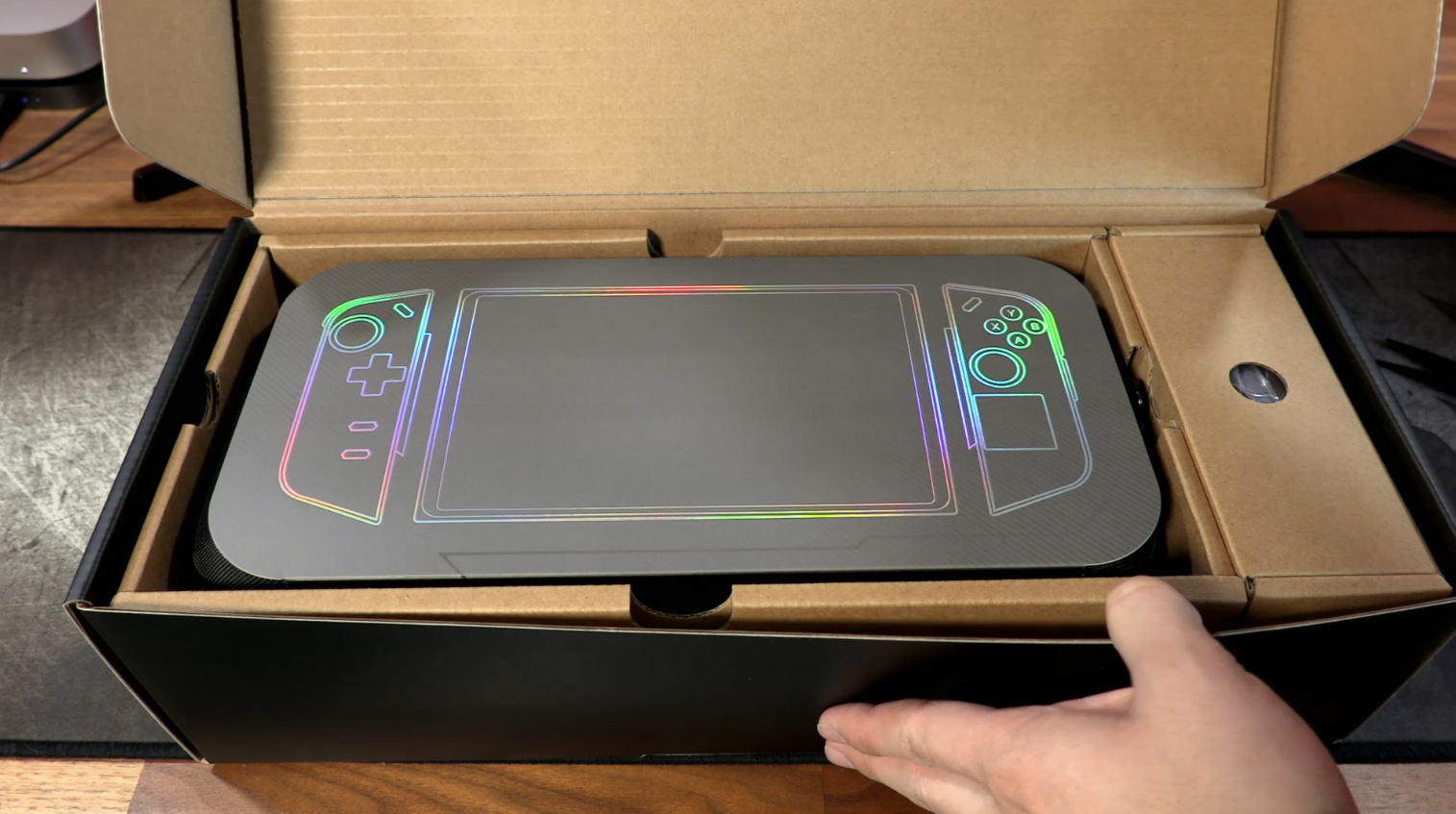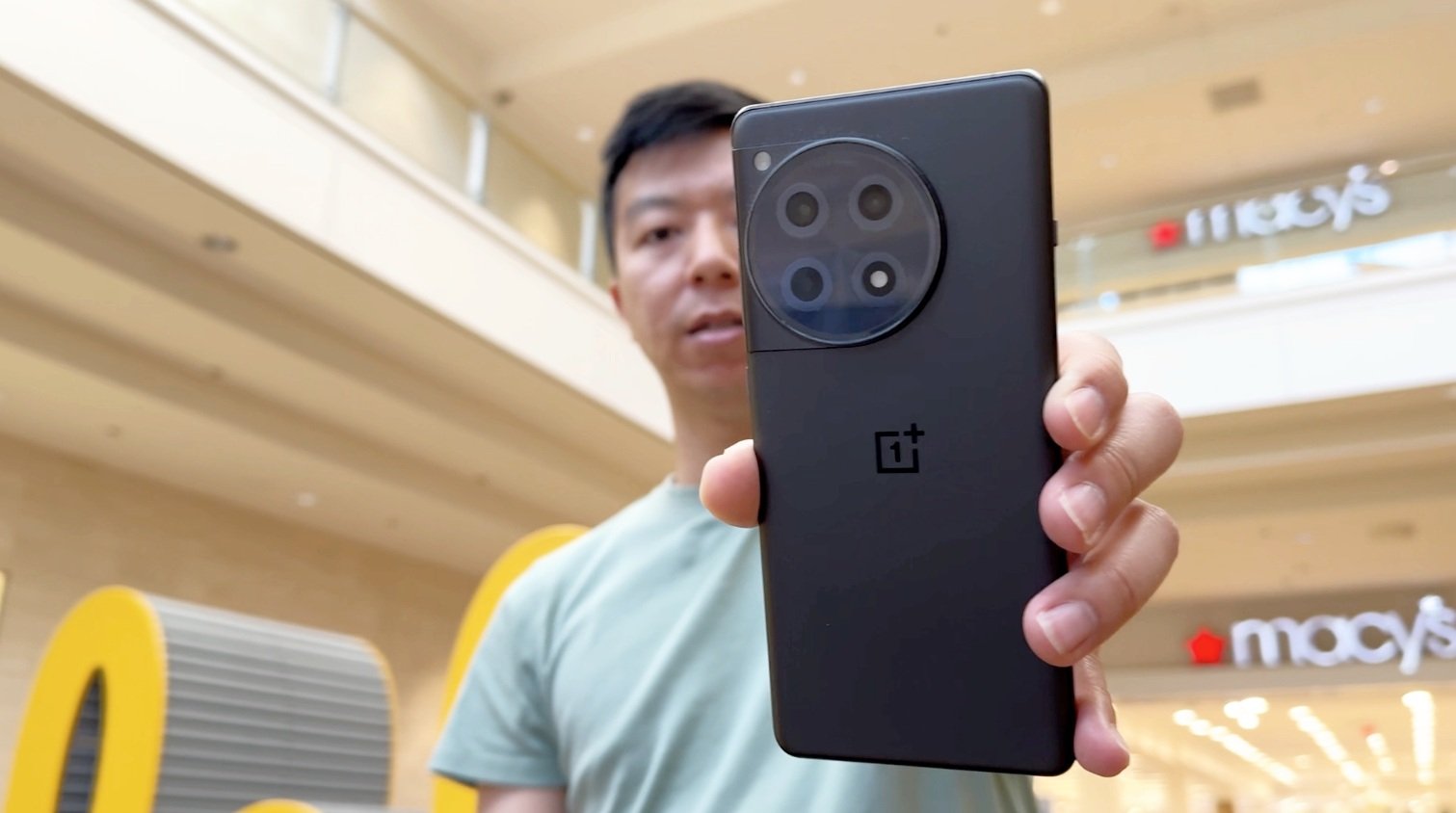Unboxing the Lenovo Legion Go
Retail Price: $749.99
Disclaimer: Lenovo sent us a unit of the Legion Go free of charge to review, but all thoughts and opinions expressed in this review are our own and were not discussed with the company prior to publishing.
We are a participant in the Amazon Services LLC Associates Program, an affiliate advertising program designed to provide a means for us to earn fees and support our channel by linking to Amazon.com and affiliated sites.
Another combatant has entered the PC handheld market and boy is this space heating up. Lenovo’s Legion Go might be the product that defines the entire segment when it’s all said and done. I’m ecstatic to get my hands on the Legion Go and to put it to the test with my PC gaming library, but first let’s talk about what comes with the device and what sets it apart from the rest.
Legion In YOur Hands
Lenovo popped an AMD Ryzen Z1 chip that is supported by 16 GB of ram and 1TB of SSD storage for this model. The Z1 is accompanied by Integrated AMD Radeon Graphics. The console runs Windows 11 Home but operates your game library through something called Legion Space, which aims to unify your navigation of menus and settings to be more user friendly to mobile and touch. That’s of huge importance for a device like this as Windows 11 as we’ve seen in the past, isn’t very user friendly on a smaller screen. Speaking of the screen, the Legion Go sports an 8.8” QHD 2560 x 1600 p IPS touchscreen. With a refresh rate of 144 Hz, it has the specs to be a great gaming display.
The company went in a design direction that allows for the separation of the gaming controllers from the display. There’s obvious inspiration ques, but the Legion Go’s TrueStrike controllers molded to be slanted with sharp angles to combat fatigue. We’ll have to test this out for long periods of time to see if the form factor actually makes a difference. The detachable controllers have two analogue sticks, a trackpad on the right controller, A,B,X,Y buttons, a D-pad, menu buttons and two sets of shoulder triggers. There are also two sets of rear buttons for additional controls.
In the Box
The unit itself doesn’t have too many ports on the frame. Everything sits on the top frame, including the USB-C port, volume rockers, and micro-SD card slot. The back panel has a huge 2-in1 laptop style kickstand with a Legion logo stamped on it.
Included in the box is the 65W charging brick that has an undetachable USB-C cable. There’s also a carrying case that contains a plastic puck that kind of looks like a stand. It’s not a stand as the Legion Go has a built-in kickstand. What fits into this is the right TrueStrike controller. That detached controller slots into this attachment to become a joystick mouse of sorts that is supposed to be beneficial for FPS gameplay. Props to Lenovo for trying something different there.
The Future Of Gaming?
Lenovo says the Legion Go’s ColdFront thermal technology will keep the gaming console cool while maintaining a quiet ambiance. I’m really excited to get this out into the world and use it in different scenarios. I’m not one to undervalue the versatility of having a device that can be held in your hand while also placed on a surface while you lay back on your chair and still have full control of the device. The power of this form factor in combination with the benefits of Windows 11 makes the Legion Go a very enticing product that I’ll have plenty to talk about in the near future.
The Legion Go has a sturdy kickstand built in
















Alex
Caught in between the conundrum of his fascination with retro and the future, Alex has a very unique taste in technology. Never one to follow trends like his millennial peers yet constantly desiring to get ahead of the curve, he sees technology like he does his other love: comic books. Always looking for the best value or a hidden gem, his collector mindset reflects on some of his favorite gadgets: the Moto X (2015), HTC U11 and the Google Pixelbook. If there’s a good tech deal out there, Alex is on the hunt!